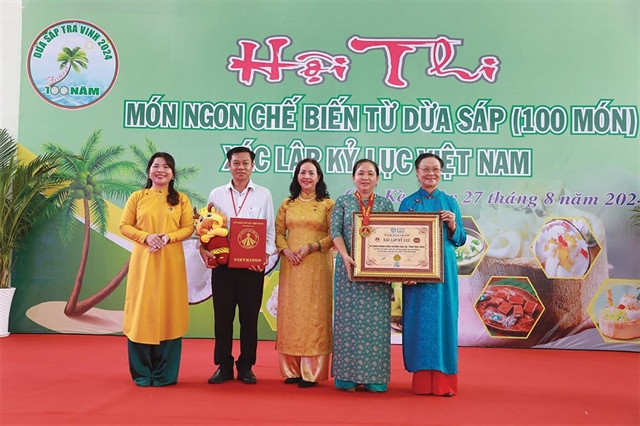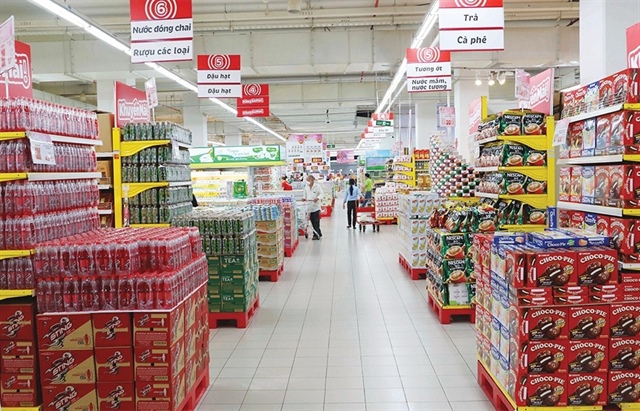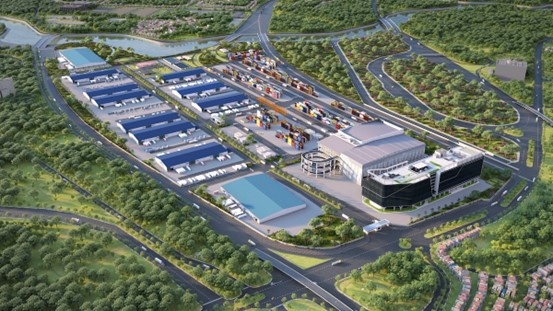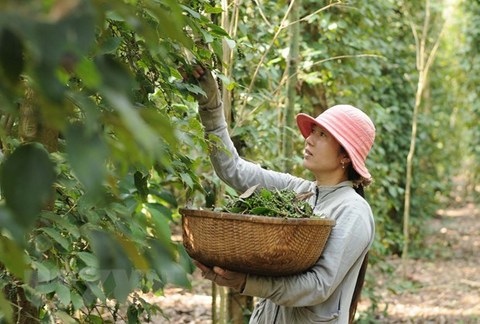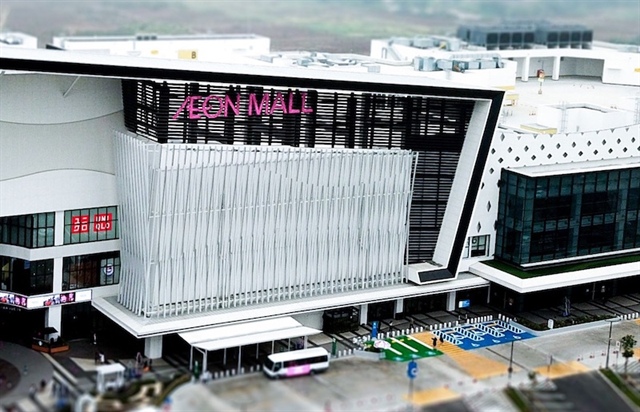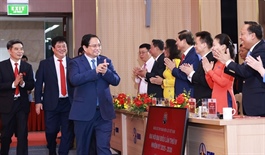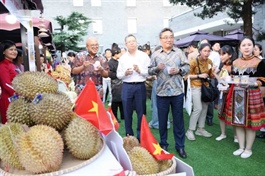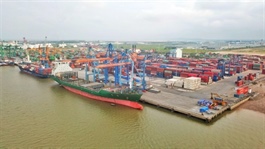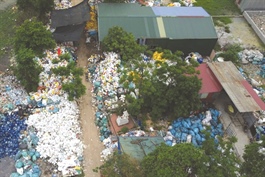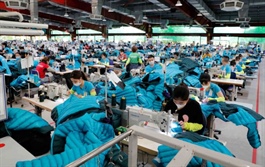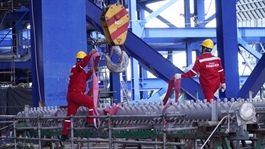New and improved Vinh Long charting bold path forward
New and improved Vinh Long charting bold path forward
Vinh Long province’s historic merger and bold governance reforms are positioning the province as a dynamic growth hub at the heart of the Mekong Delta’s transformation.
The implementation of the two-tier local government model is opening up significant opportunities for post-merger Vinh Long province. At the heart of this transition, Vinh Long Department of Industry and Trade continues to restructure and streamline its system to operate more efficiently and effectively, paving the way for rapid economic growth.
|
According to the department, in the first half of 2025, export activities and business operations across newly formed Vinh Long province (after it incorporated Tra Vinh and Ben Tre provinces) mirrored continued growth momentum.
Accordingly, the province’s total export value in the first six months of 2025 is estimated to reach $1.86 billion, up 17.6 per cent on-year. Major export categories recorded strong performance, including leather and footwear, transport equipment and spare parts, and various accessories such as bags and umbrellas, as well as machinery and components.
For the entire year, Vinh Long’s export value is projected to exceed $3.6 billion, marking a 7.94 per cent increase on-year.
Vinh Long Department of Industry and Trade is currently leading efforts in coordination with other departments, sectors, and localities to support businesses in technological innovation and enhancing competitiveness. These efforts also encompass boosting the province’s export and export-potential products to both domestic and international businesses, and helping local businesses connect with global partners to diversify markets and reduce reliance on traditional ones.
The streamlined governance model – closer to both the individuals and businesses – is unlocking new opportunities in a broader development space, fostering investment attraction and the realisation of the region’s full potential.
Experts believe the merger of the three localities enables the new Vinh Long to expand its development scope towards the coast and transform into a powerful growth hub for both the Mekong Delta region and the country.
With a total area of nearly 6,300sq.km, over 4.1 million in population, and 124 commune-level administrative units, the new province is expected to become a magnet for foreign direct investment, especially in agro-aquatic product processing, logistics, and renewable energy.
The integration of the Mekong River system with expressways, inland roads, and the coastal road network of pre-merger localities is forming a robust backbone to support a new economic development strategy, shaping a broader growth corridor for the new Vinh Long province and the entire region.
Strategically located at the heart of the Mekong Delta, Vinh Long’s new political-administrative centre serves as a vital transportation and logistics hub. It benefits from key infrastructure such as National Highway 1 and the Trung Luong–My Thuan–Can Tho expressway.
Future connectivity will be further enhanced by the planned Ho Chi Minh City–Can Tho railway, scheduled for groundbreaking in 2027, combined with the inland waterway system, offering optimal conditions for freight transportation.
Sustainable green growth is also a key strategic direction for the province, with Vinh Long aiming to become a high-tech, eco-friendly agricultural province by 2030. Existing industrial parks along with developing ones are being positioned to meet burgeoning investor demands, driving strategic industrial development.
Meanwhile, the former Ben Tre province – known as the ‘coconut kingdom’ of the Mekong Delta – boasts more than 79,000 hectares of coconut plantations, exporting to 90 countries and territories with annual export revenue approaching $500 million. In 2024, this contributed to the province’s total export value reaching $1.75 billion.
By the end of 2025, the entire Vinh Long province is expected to have 119,270ha of coconut trees – around 22 million trees – leading the nation and accounting for nearly half of Vietnam’s total coconut-growing area.
Key infrastructure projects are being developed across the province, including Ba Lai 8 bridge, Dinh Khao bridge, Cua Dai bridge, and the coastal road linking Ben Tre with Tien Giang and Tra Vinh. Rach Mieu 2 bridge connecting Tien Giang province is slated to open on National Day on September 2, shortening the travel time between Ho Chi Minh City and eastern coastal provinces.
Meanwhile, Ben Tre’s coastal land reclamation project, covering around 50,000ha, reflects the province’s grand development ambition and strategic vision for robust marine economic growth.
Tra Vinh is also an emerging energy hub for the region, with numerous large-scale wind and solar power projects, and Duyen Hai thermal power complex. In 2024, Tra Vinh’s regional GDP was estimated to increase by 10 per cent – the highest in the delta region.
Crucially, post-merger Vinh Long will now be classed as a coastal province, with over 130km of shoreline, offering tremendous potential for developing the marine economy, logistics, seaports, offshore wind power, and new urban areas.
To achieve sustainable development goals for the rest of this decade, experts and policymakers said Vinh Long must prioritise strong investment in industry, services, and transport infrastructure. Coordinated development of industrial infrastructure and the quality of personnel will be critical for driving comprehensive economic progress, they added.
- 10:37 11/08/2025


